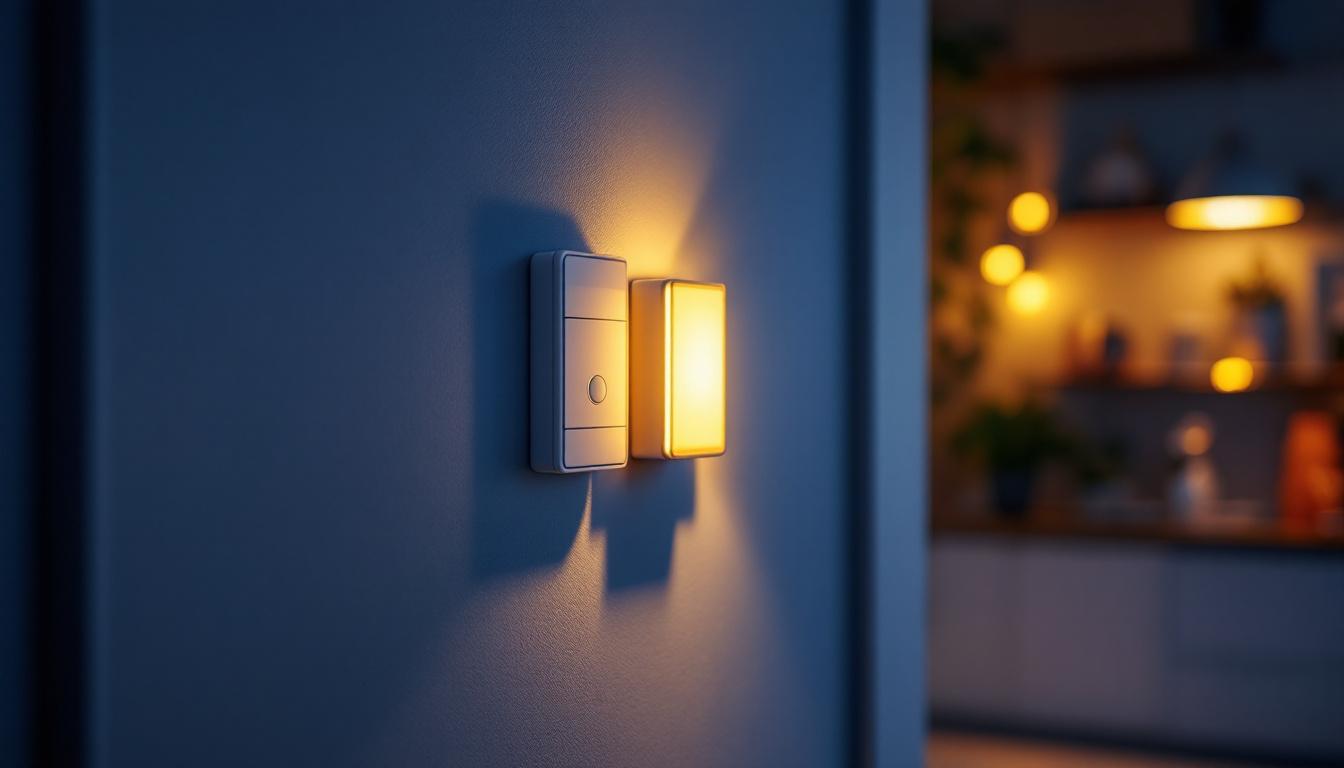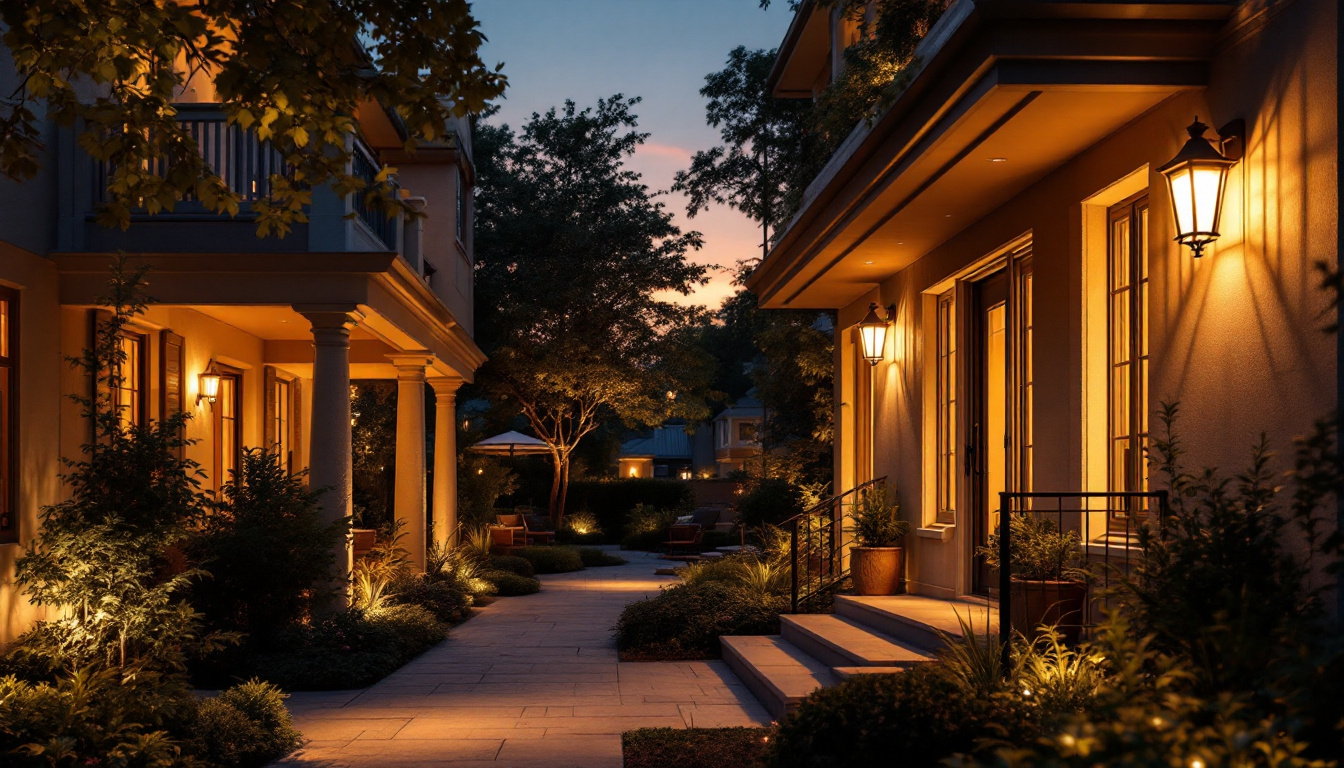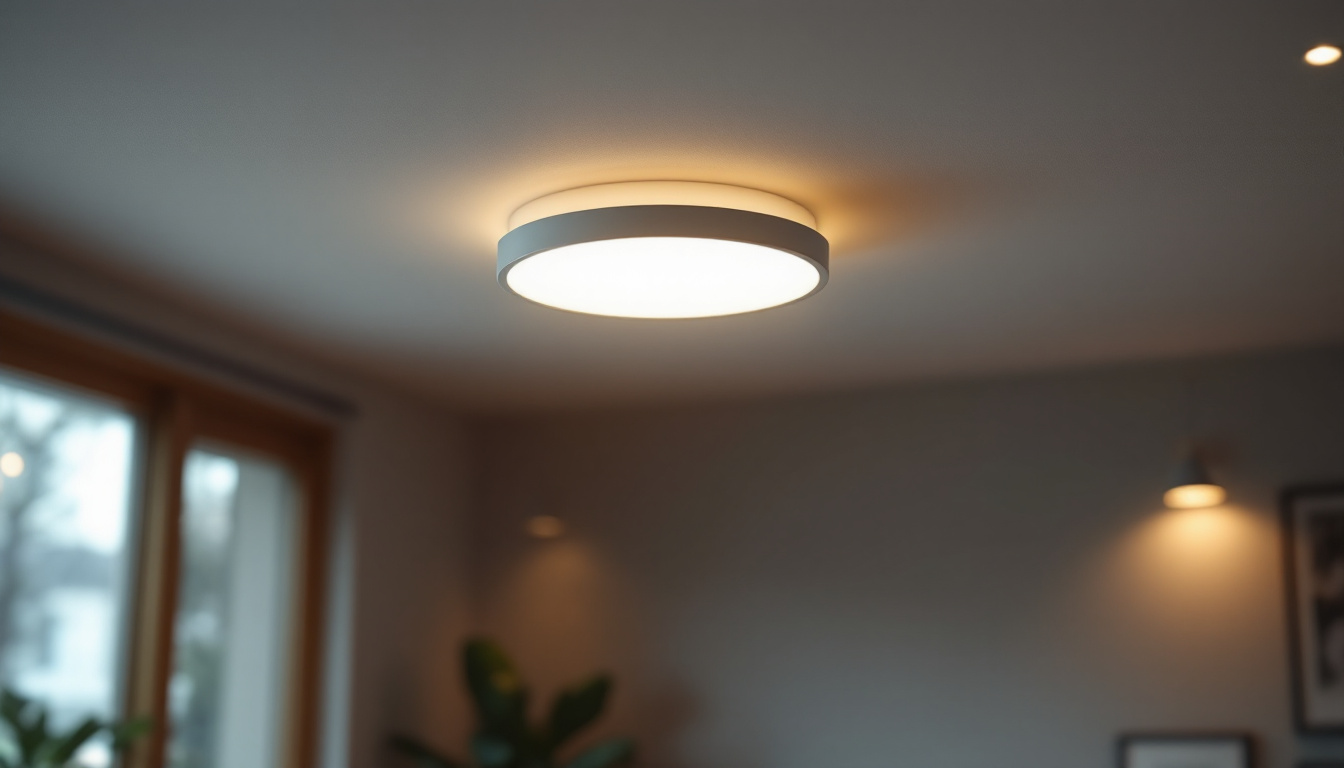
In the ever-evolving world of lighting design and installation, understanding the nuances of different bulb types is crucial for lighting contractors. Among these, Type A bulbs have gained significant popularity due to their versatility and efficiency. This article aims to provide valuable insights and practical tips for contractors looking to master the use of Type A bulbs in various applications.
Type A bulbs, commonly known as A19 bulbs, are characterized by their classic shape and are often used in residential and commercial lighting. They typically have a standard base and are available in a variety of wattages and color temperatures. Understanding their specifications is essential for contractors who want to offer the best solutions to their clients.
Type A bulbs are designed to fit standard light fixtures, making them a go-to choice for many lighting projects. These bulbs come in incandescent, CFL, and LED versions, each with unique features. Incandescent Type A bulbs provide warm light but are less energy-efficient, while CFLs offer better energy savings but have a longer warm-up time. LED Type A bulbs, on the other hand, combine energy efficiency with instant brightness, making them the preferred choice for many modern applications. Additionally, LED Type A bulbs boast a longer lifespan, often lasting up to 25,000 hours, which significantly reduces the frequency of replacements and maintenance costs over time. This longevity, combined with their low heat emission, makes them an environmentally friendly option as well.
The versatility of Type A bulbs allows them to be used in various settings. From table lamps and ceiling fixtures to recessed lighting, these bulbs can meet diverse lighting needs. In residential settings, they are often used in living rooms, bedrooms, and kitchens, providing a warm and inviting atmosphere. In commercial spaces, Type A bulbs are ideal for task lighting and general illumination, ensuring that spaces are well-lit and functional. Furthermore, their adaptability extends to outdoor applications, where they can be used in porch lights or decorative fixtures, enhancing curb appeal while providing safety and security. The ability to choose from different color temperatures, ranging from soft white to daylight, allows users to create the perfect ambiance for any occasion, whether it’s a cozy family gathering or a professional meeting.
Selecting the appropriate Type A bulb for a project involves more than just picking a wattage. Contractors must consider factors such as color temperature, brightness, and energy efficiency to ensure they meet client expectations.
Color temperature is measured in Kelvin (K) and significantly affects the mood and functionality of a space. Warm white bulbs (2700K-3000K) are suitable for cozy environments, while cool white (3500K-4100K) and daylight (5000K-6500K) bulbs are ideal for task-oriented areas. Understanding the desired ambiance can help contractors recommend the right color temperature to their clients. For instance, a warm white bulb can create a welcoming atmosphere in residential living rooms, while a daylight bulb can enhance productivity in home offices or workshops. It’s also important to consider how different color temperatures interact with the colors of furnishings and decor, as this can dramatically alter the perceived warmth or coolness of a room.
Brightness is another critical factor, measured in lumens. The higher the lumens, the brighter the light. For example, a 60-watt incandescent bulb typically produces around 800 lumens, while an LED equivalent can produce the same brightness with significantly lower wattage. This knowledge enables contractors to provide energy-efficient solutions without compromising on illumination. Additionally, understanding the concept of ‘luminous efficacy’—the ratio of lumens to watts—can further guide contractors in selecting bulbs that not only illuminate effectively but also minimize energy costs. For instance, a high-efficacy LED bulb can provide the same brightness as a traditional bulb while consuming a fraction of the energy, making it a smart choice for both residential and commercial applications.
With growing awareness of environmental sustainability, energy efficiency is a top priority for many clients. LED Type A bulbs stand out for their low energy consumption and long lifespan, often lasting up to 25,000 hours compared to 1,000 hours for incandescent bulbs. When discussing options with clients, highlighting the long-term savings and reduced environmental impact of LED bulbs can be a persuasive selling point. Furthermore, many regions offer rebates or incentives for switching to energy-efficient lighting, which can make the initial investment in LED technology even more appealing. Contractors should also be aware of the advancements in smart lighting technology, which allows for greater control over lighting systems, including dimming capabilities and scheduling, ultimately leading to even greater energy savings and enhanced user experience.
In addition to energy efficiency, contractors should consider the compatibility of Type A bulbs with existing fixtures and dimmer switches. Not all LED bulbs are designed to work with dimmers, and using an incompatible bulb can lead to flickering or reduced lifespan. Therefore, it’s essential to check the specifications of both the bulb and the dimmer to ensure optimal performance. Educating clients about the importance of selecting the right bulb for their specific fixtures can prevent potential issues down the line and enhance overall satisfaction with their lighting choices.
Proper installation of Type A bulbs is essential for optimal performance and safety. Lighting contractors should adhere to best practices to ensure that installations are not only efficient but also compliant with local codes and regulations.
Before beginning any installation, safety should be the top priority. Contractors should always turn off the power at the circuit breaker and use insulated tools to prevent electrical shocks. Additionally, wearing safety goggles and gloves can protect against accidental injuries during the installation process.
Ensuring that Type A bulbs are compatible with the fixtures being used is crucial. Contractors should check the fixture’s specifications, including wattage limits and base type, to avoid any potential issues. Using bulbs that exceed the recommended wattage can lead to overheating and pose a fire hazard. When in doubt, consulting the fixture’s manual or manufacturer’s guidelines can provide clarity.
Even the best lighting installations require maintenance and occasional troubleshooting. Understanding common issues related to Type A bulbs can help contractors provide better service to their clients.
One of the most common issues with Type A bulbs is flickering. This can be caused by loose connections, incompatible dimmers, or faulty bulbs. Contractors should encourage clients to check connections and replace any faulty bulbs before seeking professional help. Additionally, educating clients about the importance of using compatible dimmers can prevent flickering and prolong the lifespan of the bulbs.
Regular maintenance can extend the life of Type A bulbs. Dust and debris can accumulate on bulbs, reducing their brightness and efficiency. Contractors should recommend that clients periodically clean their fixtures and bulbs using a soft, dry cloth. For fixtures that are hard to reach, using a vacuum with a brush attachment can help remove dust without the need for direct contact.
As lighting technology continues to advance, innovative uses for Type A bulbs are emerging. Contractors who stay informed about these trends can offer unique solutions to their clients.
The rise of smart home technology has opened up new possibilities for Type A bulbs. Many LED Type A bulbs are now compatible with smart home systems, allowing users to control lighting remotely via smartphones or voice commands. Contractors can educate clients on the benefits of integrating smart bulbs into their existing systems, enhancing convenience and energy efficiency.
Type A bulbs are not just functional; they can also serve as decorative elements. vintage-style LED Type A bulbs, for example, can add a nostalgic touch to modern interiors. Contractors can suggest creative lighting designs that incorporate these decorative bulbs, helping clients achieve a unique aesthetic while maintaining functionality.
When recommending Type A bulbs, it is essential to address cost considerations. Clients may have varying budgets, and understanding the price differences between bulb types can help contractors make informed recommendations.
While incandescent Type A bulbs may have a lower initial purchase price, their short lifespan and high energy consumption can lead to higher long-term costs. In contrast, although LED Type A bulbs may be more expensive upfront, their energy efficiency and longevity result in significant savings over time. Educating clients about these cost dynamics can help them make informed decisions that align with their financial goals.
For contractors working on larger projects, bulk purchasing options can lead to substantial savings. Many suppliers offer discounts for bulk orders, making it more cost-effective to stock up on Type A bulbs. Contractors should consider establishing relationships with suppliers to negotiate better pricing and ensure a steady supply of quality bulbs for their projects.
The lighting industry is constantly evolving, with new technologies and trends emerging regularly. For lighting contractors, staying informed is key to providing the best service and solutions to clients.
Participating in workshops, webinars, and training sessions can help contractors stay updated on the latest advancements in lighting technology. Many organizations offer certification programs that focus on energy-efficient lighting solutions, including Type A bulbs. By investing in education, contractors can enhance their expertise and gain a competitive edge in the market.
Building a network of industry professionals can provide valuable insights and resources. Attending trade shows and industry conferences allows contractors to connect with manufacturers, suppliers, and fellow contractors. These interactions can lead to collaborations, knowledge sharing, and access to the latest products and innovations in the lighting sector.
Mastering the use of Type A bulbs is essential for lighting contractors looking to deliver exceptional service and solutions to their clients. By understanding the specifications, applications, and installation best practices, contractors can make informed recommendations that meet diverse lighting needs. Furthermore, staying informed about industry trends and innovations ensures that contractors remain competitive in a rapidly changing market.
As the demand for energy-efficient and aesthetically pleasing lighting continues to grow, Type A bulbs will remain a staple in the lighting industry. By embracing the tips and insights outlined in this article, lighting contractors can enhance their expertise and provide unparalleled service to their clients.
Ready to elevate your lighting projects with the best Type A bulbs on the market? Look no further than LumenWholesale, where we provide contractors with superior, spec-grade lighting products at unbeatable wholesale prices. Say goodbye to middleman markups and hello to high-performance lighting that meets the highest industry standards. With our hassle-free bulk buying and free shipping, you can stock up on premium lighting solutions and ensure every project shines without breaking the bank. Don’t compromise on quality, affordability, or convenience. Wholesale Lighting at the Best Value is just a click away. Experience the LumenWholesale difference today!

Discover the answers to lighting contractors’ most frequently asked questions with All Star Lighting Supplies Inc.

Discover everything lighting contractors need to know about motion detector switches for LED lights, including compliance tips, benefits, and industry insights—boost your projects today!.

Explore expert insights and best practices for installing dawn-to-dusk exterior lights in this comprehensive guide tailored for lighting contractors.

Discover the benefits and applications of LED surface mount lights with insights from expert lighting contractors.